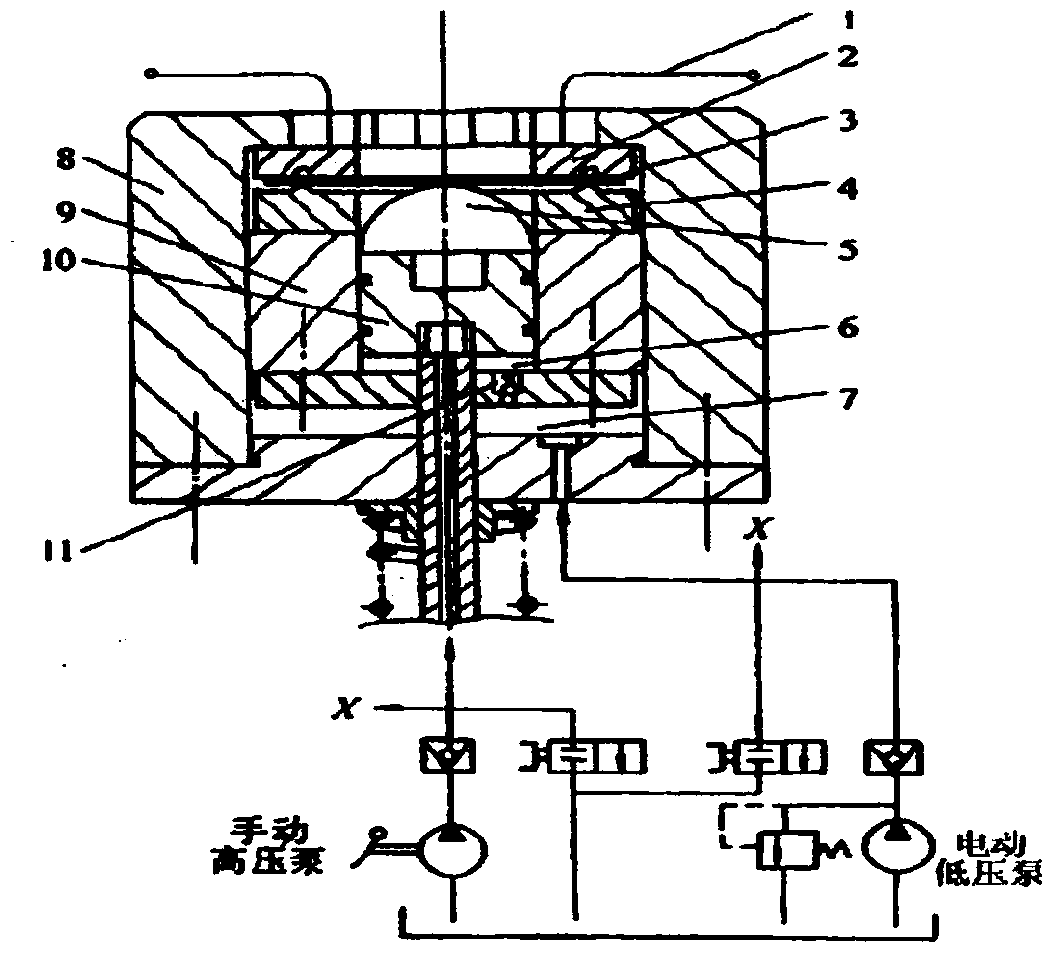Method for constructing and using three-dimensional thermoforming limit diagram of VRB (Variable Thickness Rolled Blanks)
A construction method and technology of forming limit curve, which is applied in the field of construction and application of three-dimensional thermoforming limit diagram of variable thickness plate (VRB), can solve the problems that are not suitable for predicting thermoforming performance of variable thickness plate
- Summary
- Abstract
- Description
- Claims
- Application Information
AI Technical Summary
Problems solved by technology
Method used
Image
Examples
Embodiment Construction
[0044] The following will be combined with the manual Figure 1-14 The present invention is described in detail with embodiment.
[0045] The invention provides a method for constructing a three-dimensional thermoforming limit diagram of a variable-thickness plate, which specifically includes the following steps:
[0046]Step 1. Measure the basic parameters of the sample material at 20°C, wherein the basic parameters of the material include the material thickness anisotropy index r, the material strain hardening index n, and the material constant K;
[0047] The specific calculation refers to the national standard GB / T5028-1999 for the test method of the strain hardening index (n value) of the metal sheet and strip and the national standard GB / T5027-1999 for the test method of the plastic strain ratio (r value) of the metal sheet and strip.
[0048] Such as figure 1 As shown, the sample is made of high-strength boron steel 22MnB5 steel, the thickness is 0.8mm, the gauge leng...
PUM
 Login to View More
Login to View More Abstract
Description
Claims
Application Information
 Login to View More
Login to View More - R&D
- Intellectual Property
- Life Sciences
- Materials
- Tech Scout
- Unparalleled Data Quality
- Higher Quality Content
- 60% Fewer Hallucinations
Browse by: Latest US Patents, China's latest patents, Technical Efficacy Thesaurus, Application Domain, Technology Topic, Popular Technical Reports.
© 2025 PatSnap. All rights reserved.Legal|Privacy policy|Modern Slavery Act Transparency Statement|Sitemap|About US| Contact US: help@patsnap.com



